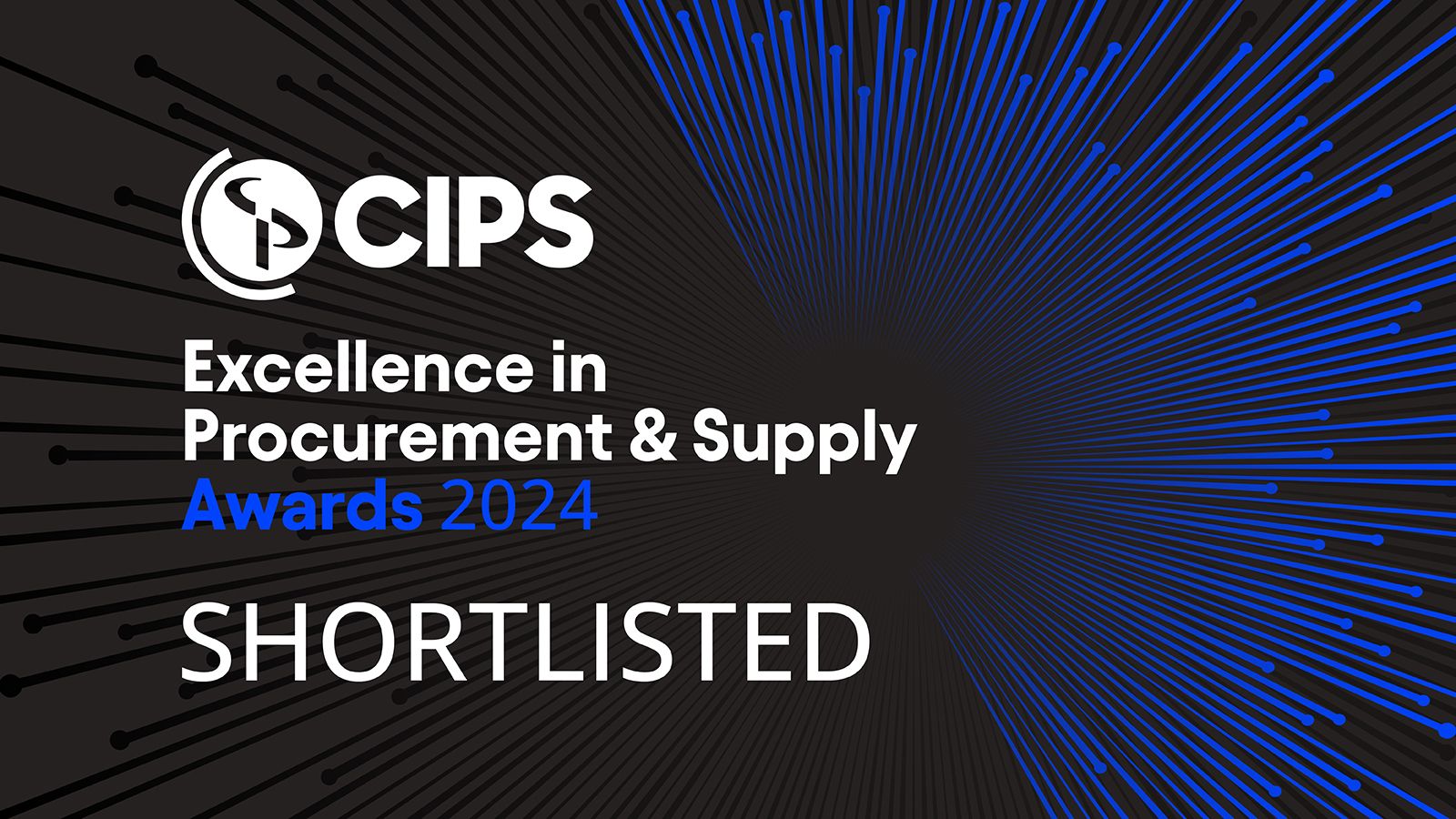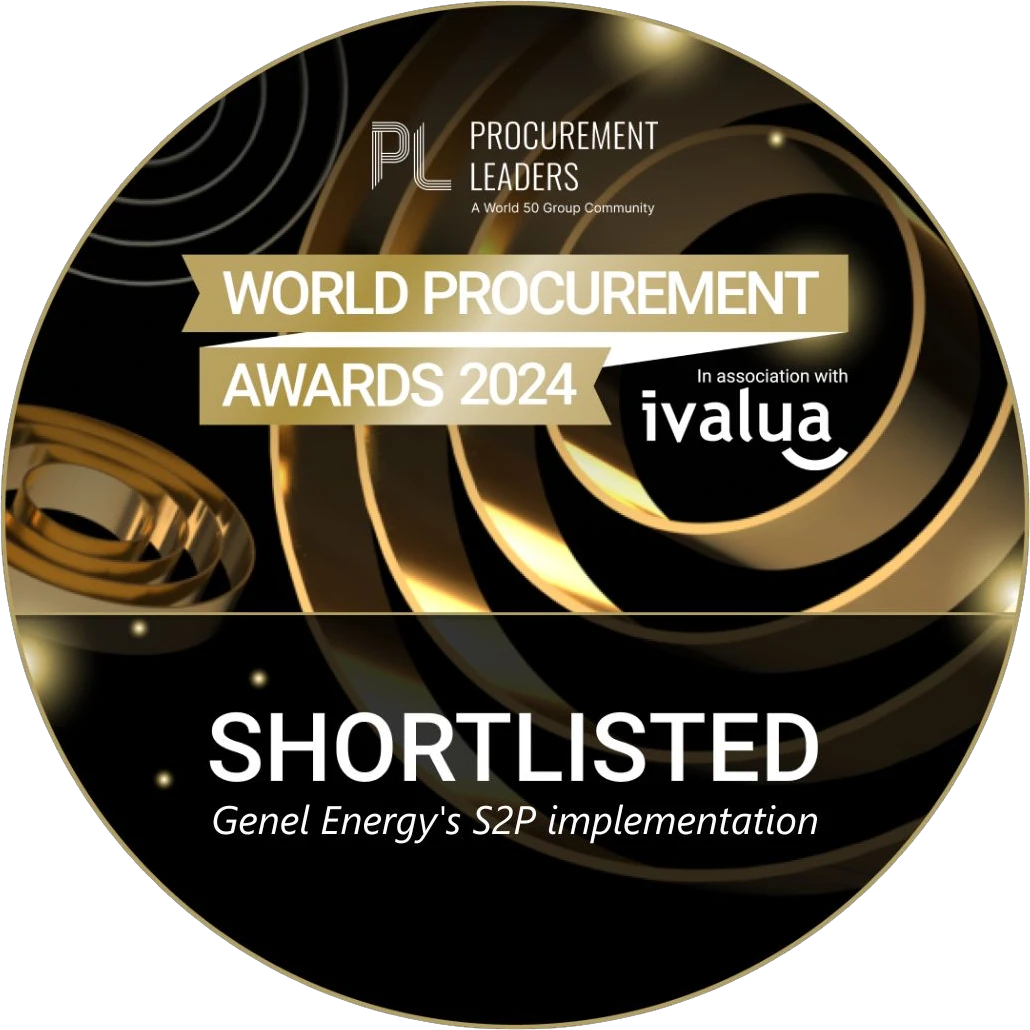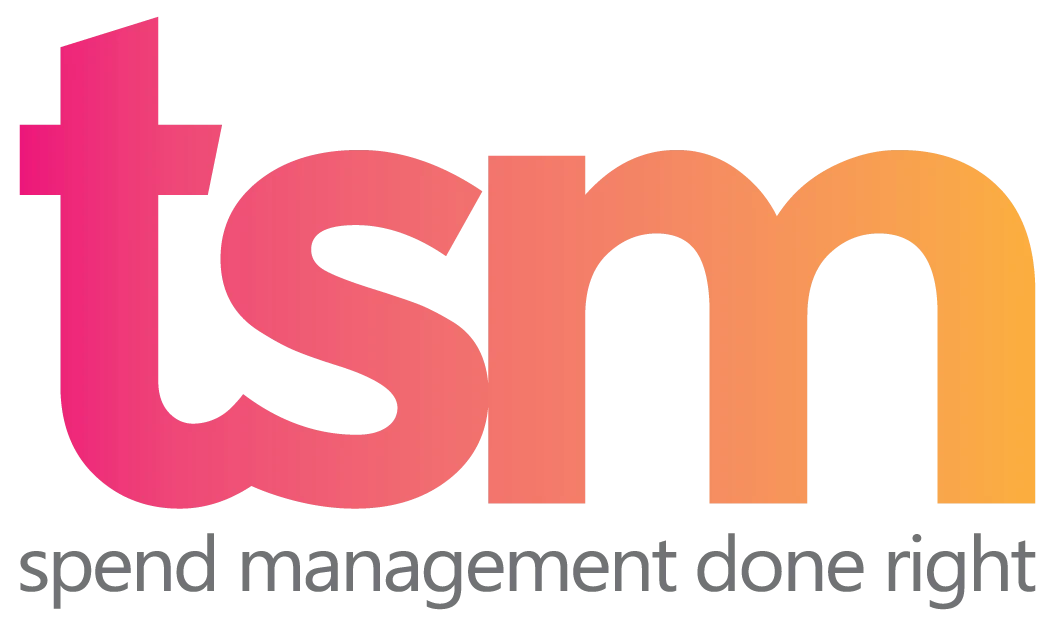We specialise in transforming the Source-to-Pay process through advising on best practices and process optimisation, and the implementation of leading procurement platforms.
We believe in the benefits of early supplier involvement, and will engage at the start of your discovery phase to help you understand the art-of-the-possible before setting out any scope of work.



Most organisations have robust, efficient systems and processes around their revenue generation or their direct spend on raw materials and stock, but few have the same degree of focus around their indirect spend. Employees are often allowed a large degree of freedom to buy what they require, with the main reason being to avoid introducing any controls that result in a delay to the provision of goods or services.
This typically produces a set of significant problems for Finance, with many manual processes and procedures in place, purchases made without authorisation, a subsequent lack of visibility of commitments until an invoice arrives, possible coding errors, and budgets often overlooked until well after the event. This maverick spend can be damaging enough but can be worsened through malicious and fraudulent behaviour which can run unchecked through these gaps.
The Procurement team similarly suffers; they will have negotiated pricing, and perhaps agreed tiered volume contracts with key suppliers, but witness a lack of spend against those contracts as employees continue to buy from unapproved sources at higher prices.
Deploying a proven Purchase-to-Pay (P2P) application ensures compliance with established approval policies to avoid unnecessary or inappropriate purchases while making it easier than ever for your organisation to quickly get the goods and services it needs from approved suppliers that deliver the best value.
The web-based platform is faster and more transparent for employees, provides managers with greater budget control, increases ‘cost pipeline’ visibility for financial management, speeds PO release to suppliers, enables automated invoice matching and payment authorisation, and captures an electronic history of spend activity for Procurement’s use in spend analysis.
Implementing these controls will reduce the cost of purchased goods and services by increasing your level of overall ‘spend under management’ while reducing risk and eliminating fraud.
The role of Accounts Payable is often overlooked during any strategic review of business systems, being seen as simply a back-office finance or clerical function that is something of a necessary burden. That view is perhaps a consequence of the AP function having remained unchanged for decades.
That lack of change means that many slow and labour intensive processes remain in place. Thousands of invoices come in from suppliers in many varying formats and often with important details missing. The AP team has to manually check the contents and enter those invoice details into the finance system, maybe even rekeying into multiple systems.
The whole process is slow as invoices circulate around the business looking for the missing information and approval and, being mostly manual, is prone to error. In turn, payments are often delayed and frequently wrong, with suppliers continually calling in for news of payment.
The delays mean there is little chance of taking early settlement discounts and the overall delays make it very hard to forecast cash requirements or effectively manage working capital.
In an organisation experiencing growth and with many entities, dozens of locations and many departments, all of these issues grow significantly.
The past few years has seen a fundamental transformation in the way invoices are now sent with the majority being delivered via email in .PDF format. The shift away from previously used methods has led to a marked improvement in both the speed and accuracy of converting an invoice into an e-invoice.
A typical .PDF produced by a suppliers system contains all the invoice data in computer-readable digital form within the .PDF file allowing modern tools to capture, automate and transform that data quickly and easily. In our experience, when clients request their suppliers send invoices via email as a .PDF, the vast majority will be happy to do so. Around 95% of invoices end up arriving in this way; with the remaining 5% of paper invoices being handled via the traditional OCR route.
iCAT from Touchstone Spend Management removes the manual intervention associated with handling and managing purchase invoice capture, and cuts manual data entry and filing from the process. The cloud-based technology automatically captures all the relevant invoice data, along with the associated invoice PDF image. That data and image is automatically registered via integration as an invoice in P2P and then undertakes a fully automated reconciliation with the relevant pre-approved (and in certain cases, already receipted) purchase order.
Manually submitting and approving expenses claims creates many issues for an organisation. However, many still continue to do exactly that. These manual processes create extra work for the finance team by forcing them to review every line of entry and to cross-check every expenditure with company policies.
They make things harder for your employees, who have to log and store each receipt that they receive throughout their daily activities. It also creates delay and concern for the employees when reimbursement takes much longer than expected. The high costs of expenses processing soon mount up and any manual system is prone to error.
Employees of over two-thirds of companies still send paper receipts to their finance departments. Manual expense reporting solutions require travelers to retain receipts and then log them in when they’re back in the office. As most of us are all too aware, finding and organising all your receipts at the end of the month or a project can be a challenge.
If the person who normally approves reports is away from the office, or an item requires additional information, expense reports and payment can be delayed. With manual approval systems, if one line item on the report is delayed, the entire report is often delayed. With manual systems, users never know where their report is in the approval process, or why their reimbursement is being delayed.
Also, monitoring and enforcing policy compliance is especially difficult with a manual expense processing system, and leaves organisations open to an increased risk of fraud.
“It is so much more difficult to use our company system to order goods than it is to shop for personal items when online at home.”
When you start to hear these statements from your employees, you know you have a problem with your existing ordering system. True, it may do the job of capturing a commitment, of ensuring a purchase order is properly authorised and getting an order sent out to the supplier, but when the workforce can’t find what they are looking for, it diminishes the potential for realised savings and exposes your organisation to all the risks associated with maverick buying.
We have had countless conversations with employees who should be users of an existing purchasing system, most often within an ERP platform, but who don’t use it because it is seen as being too difficult to find what they want.
This is not the only problem managers of rudimentary PO systems have to come to terms with. They are also faced with the rather daunting challenge of ensuring the records of all suppliers, including latest prices and select items, are all current and up-to-date. When you consider that some suppliers can provide 1,000’s of items, this is no mean task.
In our experience, if you want the buying culture of your organisation to change, if you want people to change their behaviour, you have to provide them with the environment to change.
By deploying a Content Management solution in support of P2P we treat people to the same buying experience at work as they have become accustomed to when buying online at home. We make the right way to buy, the easiest way to buy.
The complexity of providing this experience to P2P users resides behind the scenes. Therefore, if you want to manage the nuances of differing supplier relationships, the simple ‘one-size-fits-all’ approach of rudimentary P2P systems simply won’t cut it. Fortunately, modern Content Management solutions from Touchstone can help, features include:
